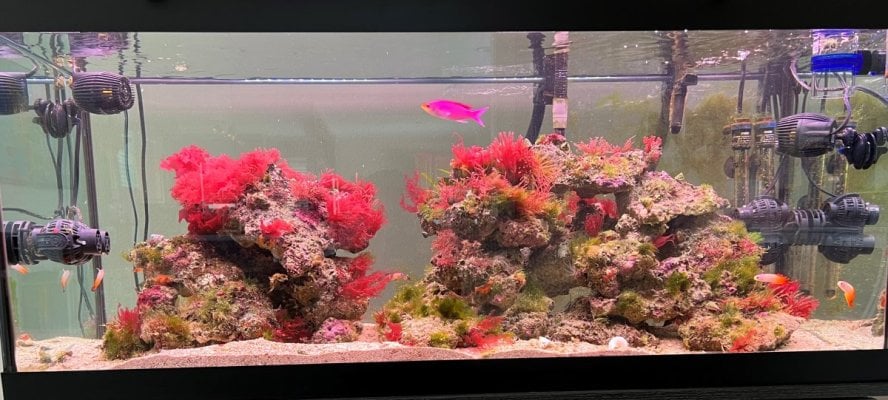Glad that it works so well as it do.
The three types of corals you mentioned all are tricky ones IME. Duncan is a coral that nots so compatible with me - even if I love it - feelings seems not be answered
With the elegance - try to feed it like you do with anemones. A small piece of a shrimp is good to test with. Phosphates and nitrates may need to be a little higher. Test with small amounts of reef roids if it can raise the PO4 a little.
The NH4 will often give false readings and IMO is not so useful to test. It can often create more problems than it solve.
Sincerely Lasse.
The three types of corals you mentioned all are tricky ones IME. Duncan is a coral that nots so compatible with me - even if I love it - feelings seems not be answered
With the elegance - try to feed it like you do with anemones. A small piece of a shrimp is good to test with. Phosphates and nitrates may need to be a little higher. Test with small amounts of reef roids if it can raise the PO4 a little.
The NH4 will often give false readings and IMO is not so useful to test. It can often create more problems than it solve.
Sincerely Lasse.




















